I use the Magewell Eco Capture Quad SDI M.2 (a small form factor quad-channel) capture device which keeps overheating after a few minutes (up to 100 C). I've read that this might be due to cameras not being connected and SDI inputs unused. Since I have only a single SDI camera, I was thinking if I can try terminating inputs with BNC 50 or 75 Ohm caps.
Is this a common practice for SDI devices?


